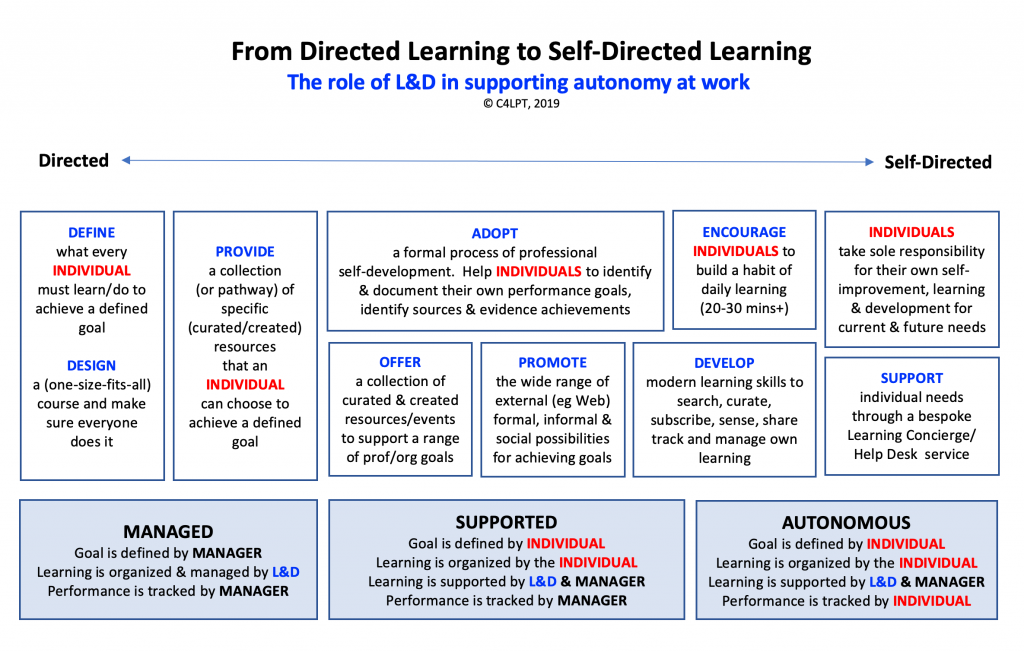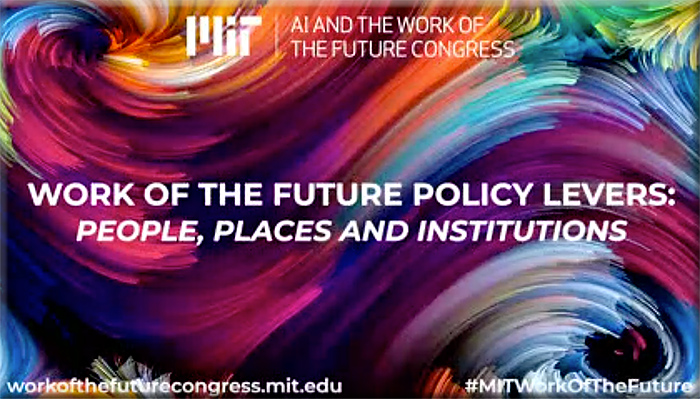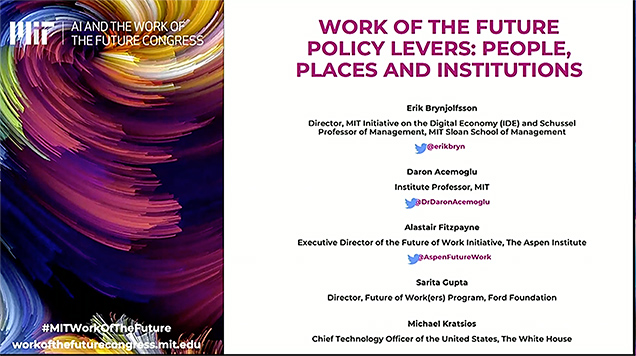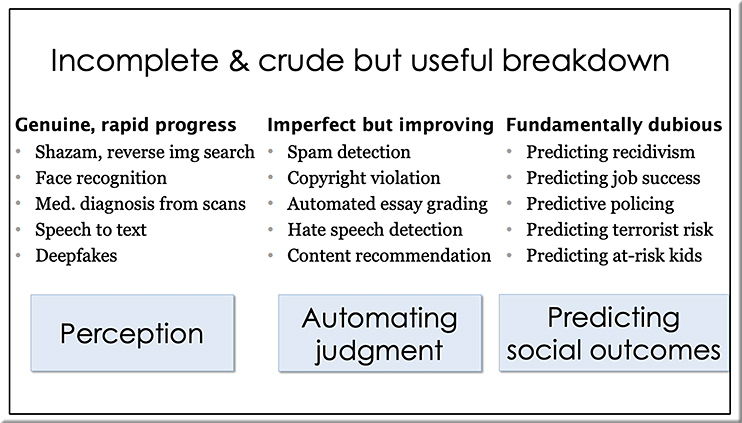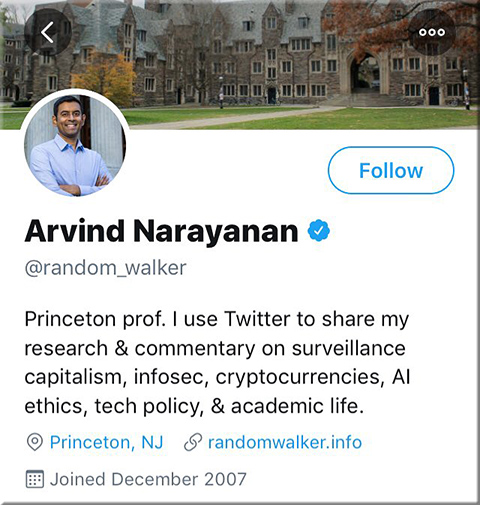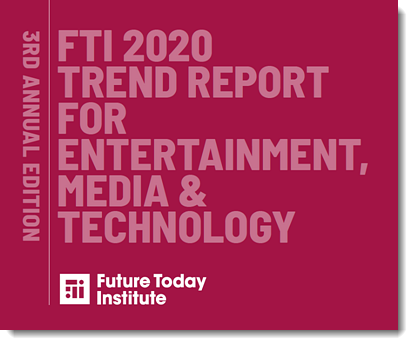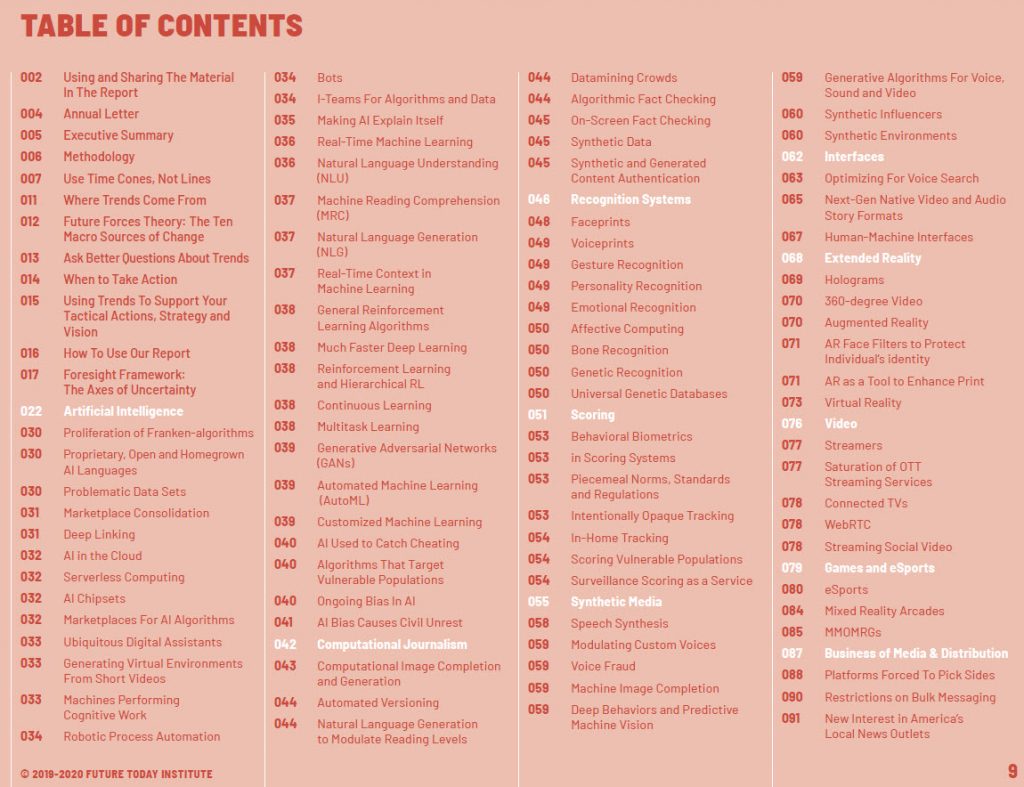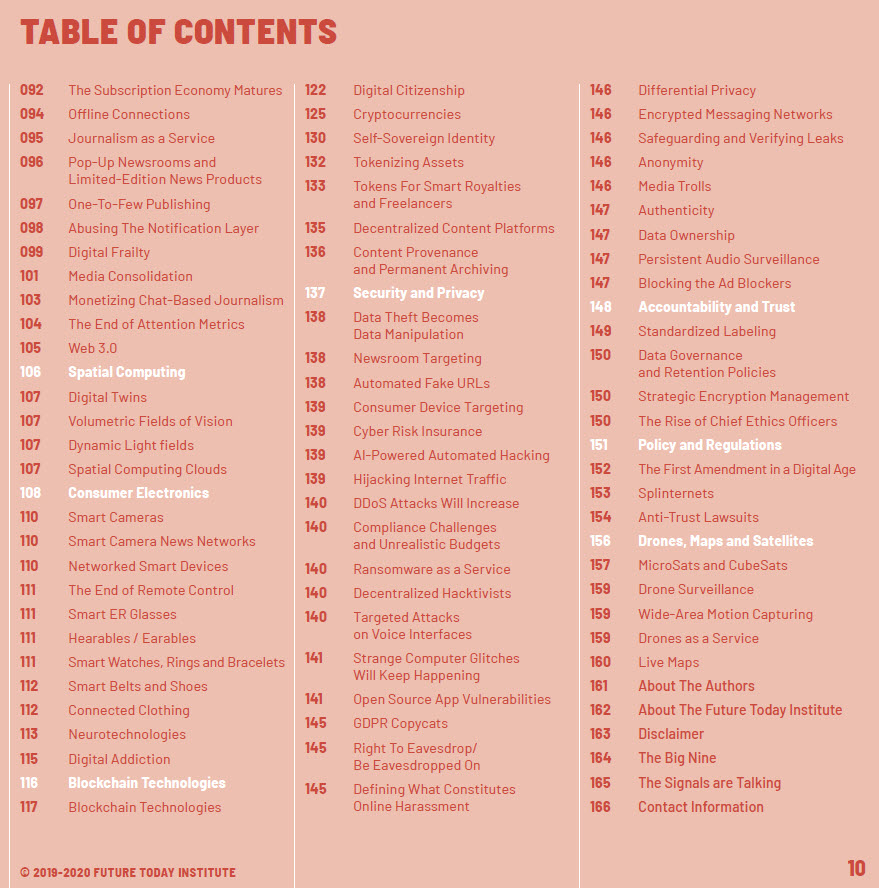The future of law and computational technologies: Two sides of the same coin — from law.mit.edu by Daniel Linna
Law and computation are often thought of as being two distinct fields. Increasingly, that is not the case. Dan Linna explores the ways a computational approach could help address some of the biggest challenges facing the legal industry.
Excerpt:
The rapid advancement of artificial intelligence (“AI”) introduces opportunities to improve legal processes and facilitate social progress. At the same time, AI presents an original set of inherent risks and potential harms. From a Law and Computational Technologies perspective, these circumstances can be broadly separated into two categories. First, we can consider the ethics, regulations, and laws that apply to technology. Second, we can consider the use of technology to improve the delivery of legal services, justice systems, and the law itself. Each category presents an unprecedented opportunity to use significant technological advancements to preserve and expand the rule of law.
For basic legal needs, access to legal services might come in the form of smartphones or other devices that are capable of providing users with an inventory of their legal rights and obligations, as well as providing insights and solutions to common legal problems. Better yet, AI and pattern matching technologies can help catalyze the development of proactive approaches to identify potential legal problems and prevent them from arising, or at least mitigate their risk.
…We risk squandering abundant opportunities to improve society with computational technologies if we fail to proactively create frameworks to embed ethics, regulation, and law into our processes by design and default.
…
To move forward, technologists and lawyers must radically expand current notions of interdisciplinary collaboration. Lawyers must learn about technology, and technologists must learn about the law.









